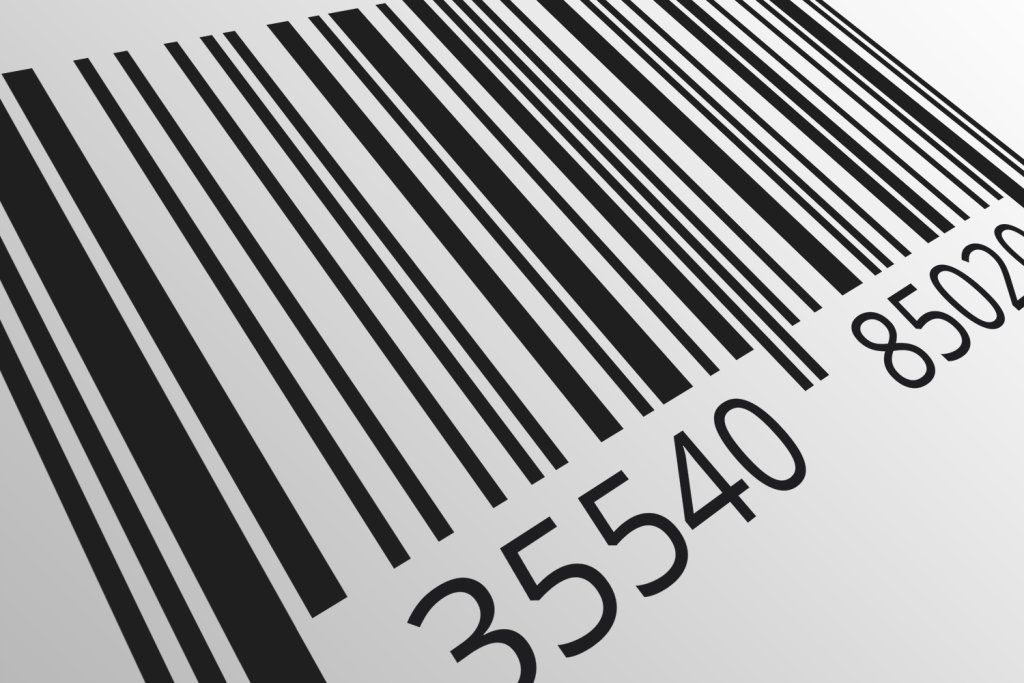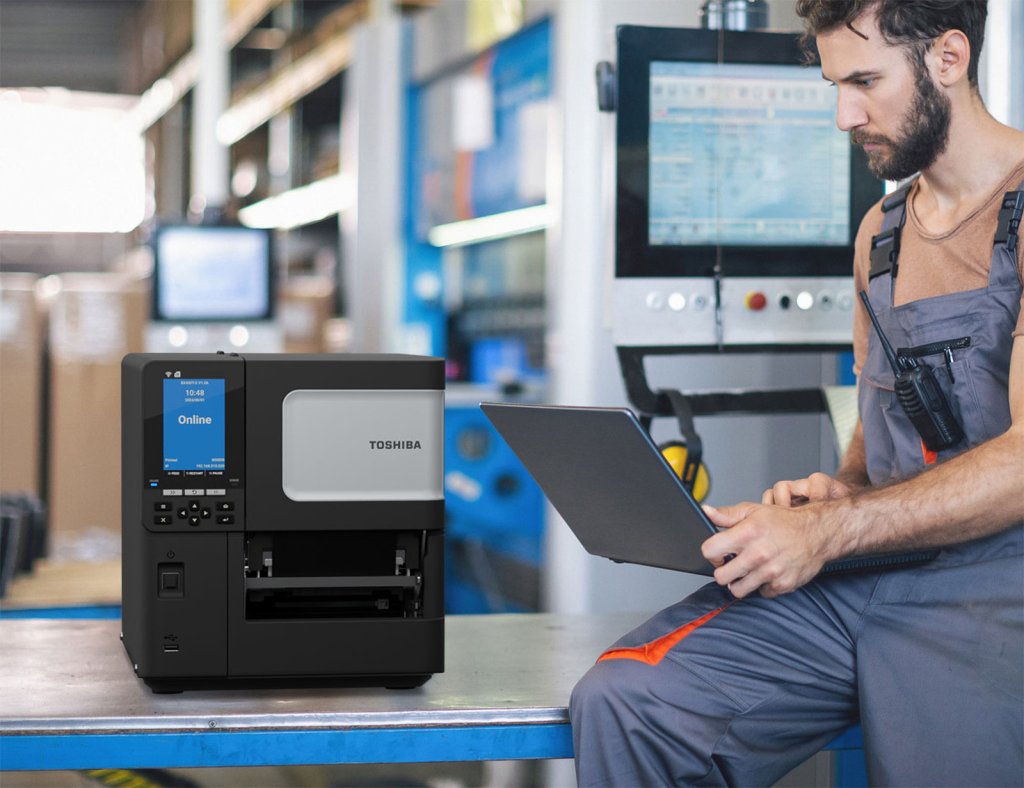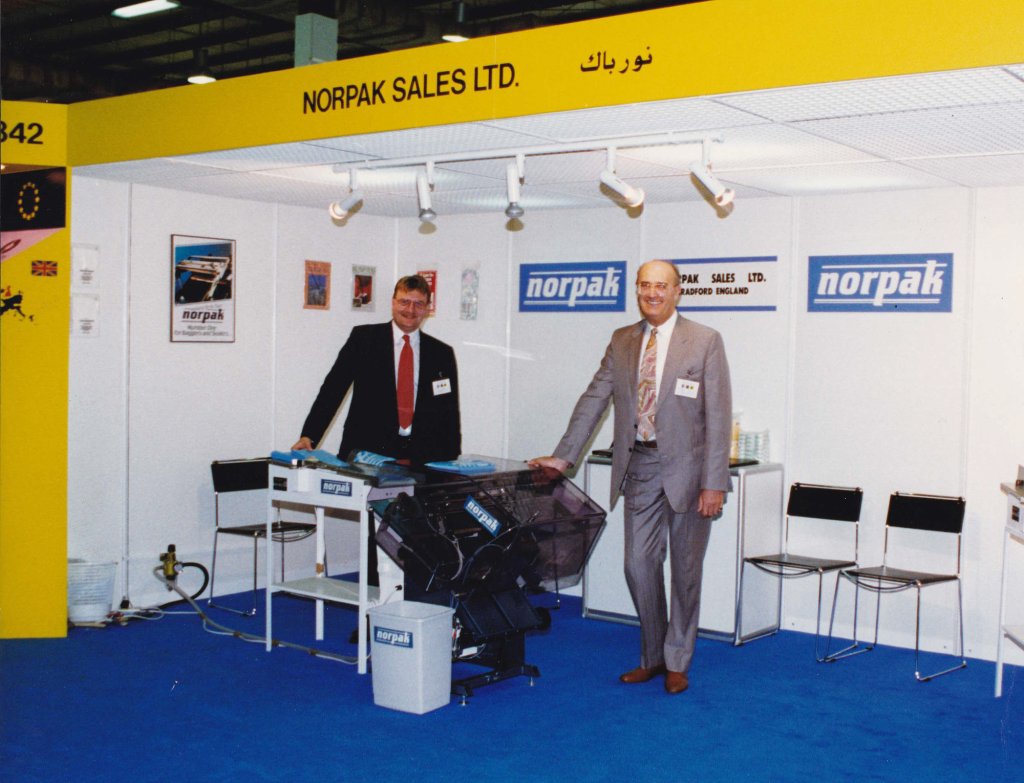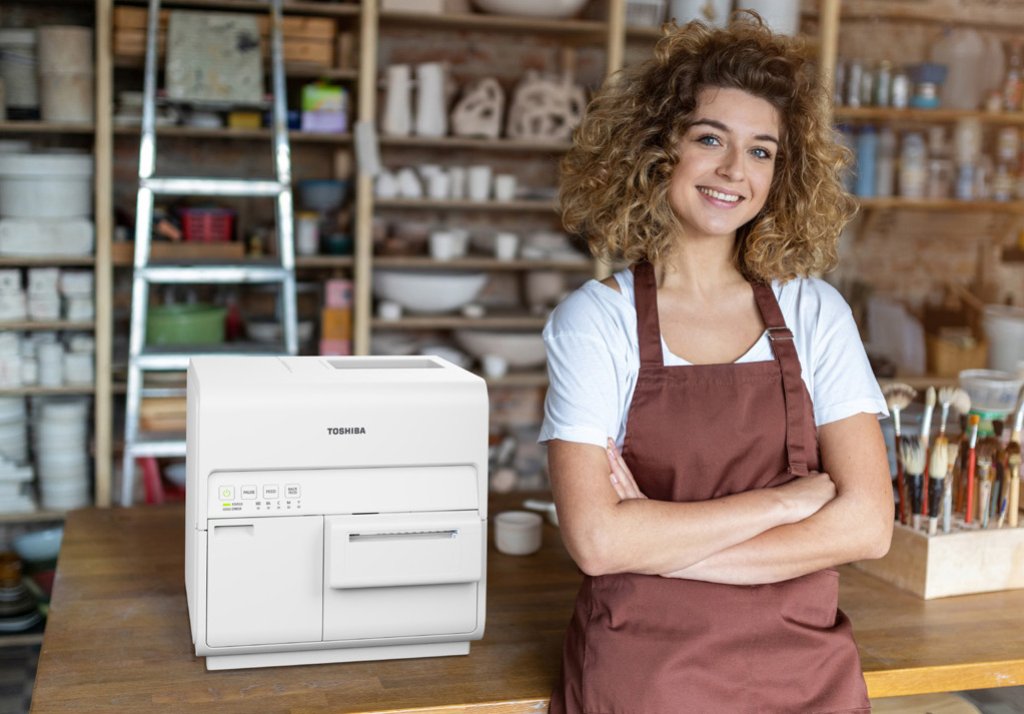2023 is the 50th anniversary of a groundbreaking technology, an innovation that has revolutionised our workplace, lifestyle and shopping habits.
Used over 10 billion times daily across the globe, this invention is encountered by British consumers more than 20 times each day, making it the unsung hero of the supply chain and global commerce
It is of course, the humble barcode.
Since the retail industry first embraced it in April 1973, the barcode has been a key player in shaping the modern world. In our present landscape, this seemingly unassuming little striped rectangle is virtually everywhere, adorning nearly every product we encounter and involved in many parts of our daily routines. However, do British consumers know how they work, appreciate their significance, or recognise their origins?
Driving worldwide commerce
Each barcode consists of vertical black lines and white spaces of different thickness and height. Essentially, these visual patterns represent the 13-digit numbers beneath them, known as the Global Trade Item Number (GTIN).
This globally distinct series of numbers serve as the engine for every barcode, distinguishing specific products and their associated information. Computers connected to laser scanners can interpret these codes, utilising the precise arrangement of bars, spaces, and numbers to retrieve the data corresponding to that particular product.
In the contemporary landscape, barcodes are not limited to household items sourced from supermarkets or retail outlets; they extend to licences, rental cars, checked luggage, medical devices, patient wristbands, and beyond. In each scenario, these barcodes serve to identify a product or individual and encode crucial information.
The impact of barcodes on our daily lives is far-reaching and often overlooked. They contribute to keeping our shelves stocked with products and ingredients from across the globe, facilitate online product searches and purchases, assure the safety of the food and drink we consume, aid the NHS in saving time, money, and lives - and much, much more.
Presently, over 2 million companies worldwide, managing 1 billion products, rely on the barcode, enhancing efficiency and fostering greater trust and transparency for both consumers and businesses alike.
A global superstar
The barcode has seamlessly integrated into our cultural lives, being employed worldwide a staggering 1.5 billion times more each day than Google's search engine (8.5 billion).
On a daily basis, UK consumers encounter the barcode more frequently than iconic household logos such as McDonald’s, Nike, Starbuck, Apple and Instagram.
Beginnings
The omnipresent black and white lines we see all around us were conceived by Norman Joseph Woodland. In 1948, he scraped the world's very first barcode into a Florida beach with his fingers.
Drawing inspiration from his Boy Scout education, particularly in Morse Code, Woodland replicated dots and dashes in the sand. Using his fingers to pull them down, he transformed dots into slender lines and dashes into thicker lines, giving rise to a linear Morse Code, now recognised as the modern barcode.
The official adopted barcode design, a modification of Woodland's original, was crafted by George Joseph Laurer. This pivotal development irreversibly transformed the landscape of global commerce and laid the foundation for GS1, the exclusive provider of Global Trade Item Numbers (GTINs)—the distinctive numbers buried within each barcode.
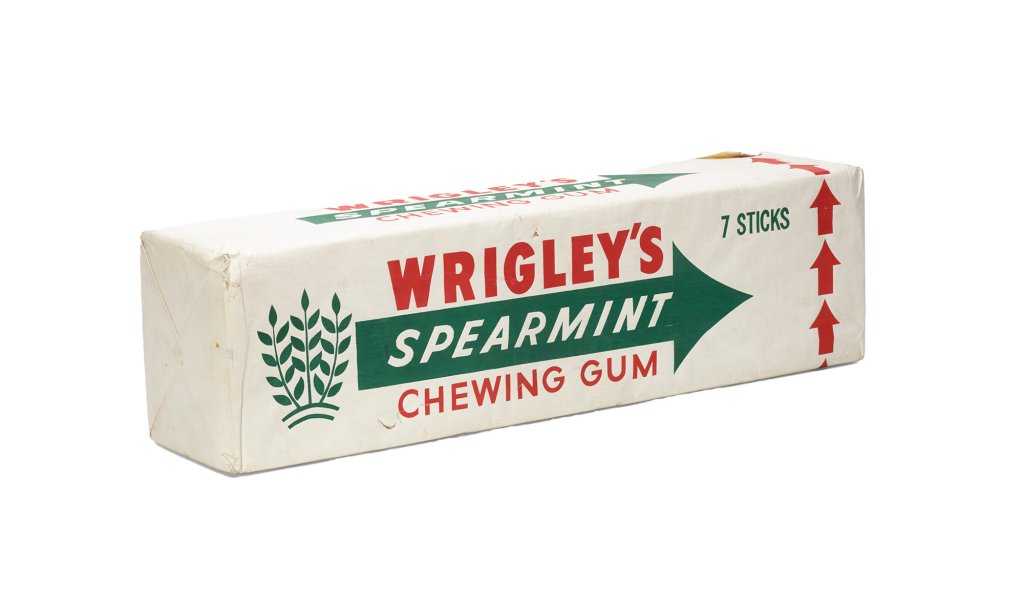
The historic moment arrived a year later, on June 26, 1974, in an Ohio supermarket when a pack of Wrigley's chewing gum made history as the first product worldwide to register a beep at the checkout. Fast-forwarding to 1979, in a display of true British tradition, it was a box of Melrose Tea Bags that earned the honour of being the first product scanned in the UK, at Keymarkets in Spalding.
Uses in food safety and healthcare
Despite its widespread presence, there are areas of our lives where the unassuming barcode is often overlooked. Although 63 percent of consumers acknowledge its function in product identification, a third remain unaware of the profound impact it continues to have on our daily lives.
Surprisingly, only 17 percent recognized its crucial role in food safety, overlooking its potential life saving function in providing transparency, especially for individuals with allergies.
Only 13 percent of people are aware of the barcode's huge significance in our healthcare system. Amreport from GS1 UK indicates that if every hospital in England adopted the barcode, over 3.2 million staff hours and nearly £120 million could be saved and redirected towards enhancing patient care.

The future of barcodes
Entering its fiftieth year, the barcode is already evolving into its next generation - 2D barcodes, particularly QR codes. This exciting development promises to reshape our lives by integrating two key inventions of the 20th century: the internet and the barcode.
With the ability to link physical products to the digital realm, these next-generation QR codes empower consumers to access an abundance of real-time information about the products they purchase with a simple scan on their smartphones. This connection enables consumers to make more informed, sustainable, and safer choices, marking a new era of smarter purchasing decisions.
The prevalence of smartphones, now owned by over 90 percent of UK adults, has already made QR codes a familiar part of three in five people's daily routines. Groceries, in particular, see the most frequent use of QR codes.
Anticipation for the adoption of these advanced 2D barcodes is on the rise. A recent report indicates strong support for the transition from linear barcodes to 2D codes, with 82 percent of retailers and 92 percent of brand owners favouring this shift within the next five years.
In collaboration with various industries, GS1, the organisation in charge of industry standards, is actively driving this global transition, aiming to establish a unified, intelligent, data-rich 2D code. This code will seamlessly provide information about a product to everything from scanners to smartphones. This unified approach holds the potential to enhance supply chain visibility, ensure product safety, and deliver a wealth of accurate information to people across the globe.

Speak to the Norpak team to discuss your barcode printing requirements!
(Data and information from a survey by GS1 - the worlds not-for-profit, independent barcode standards organisation)
